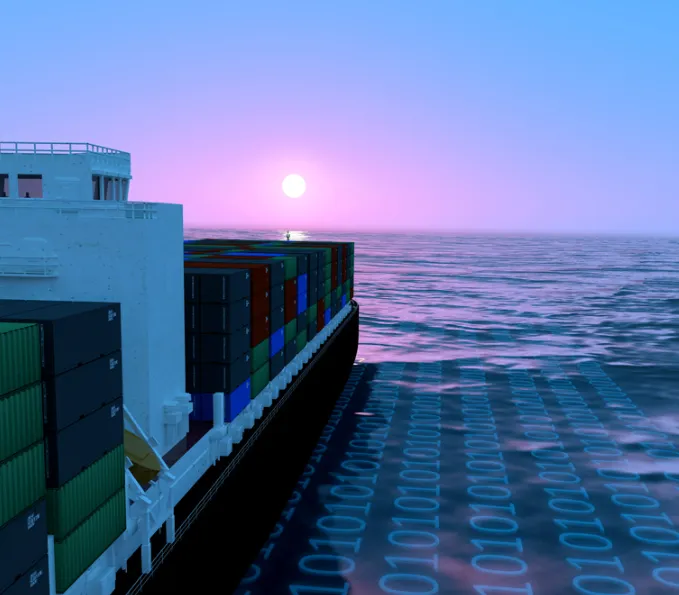Renting shipping containers can often feel like a gamble. Delays, unexpected damage, poor placement, and weather exposure all pose significant risks to your cargo and operations. While these challenges have long been considered part of doing business, digital twin technology is changing the game, offering a smarter way to plan and execute container rentals.
By creating a virtual replica of your operations, digital twins allow businesses to anticipate problems, test different scenarios, and make decisions with greater confidence. This digital foresight not only reduces surprises but also strengthens control over logistics and costs.
What Digital Twins Bring to Container Rentals
Every container rental comes with the expectation that goods will reach their destination safely and on schedule. A digital twin provides a detailed simulation of your logistics network—containers, yards, weather exposure, stacking methods, and more. Through real-time data and predictive modeling, you gain visibility into every stage of the process, helping you avoid delays, minimize damage, and reduce unnecessary costs.
The global market for digital twins is expanding rapidly, with U.S. adoption projected to exceed $36 billion by 2028. The growing demand highlights how valuable this technology is becoming for industries dependent on precise logistics.
Managing Risks at Sea and Beyond
Maritime transport is filled with uncertainty, but digital twins help mitigate much of the unpredictability. When major ports such as Jebel Ali in Dubai implemented this technology, they eliminated hundreds of thousands of wasted moves, cut truck servicing times by a fifth, and improved overall cargo flow.
Studies also show that companies applying digital twin technology across their supply chains have achieved dramatic results—reducing downtime by up to 80 percent, improving forecast accuracy by nearly a third, and lowering procurement costs by several percentage points. For container rentals specifically, this translates into fewer inefficiencies, smoother yard operations, and improved scheduling even under challenging conditions.
Building a Foundation Before You Go Digital
Before leveraging digital twins, it’s essential to establish strong rental practices. Work with reputable providers, understand lease terms, container types, and duration, and ensure all documentation is in order. Once the basics are secure, introducing digital twin insights becomes far more effective, streamlining operations and enhancing decision-making.
Five Steps to Reduce Rental Risk with Digital Twins
- Create a Virtual Model: Build a digital version of your assets, including container specs, yard layouts, cranes, and routes.
- Integrate Real-Time Data: Connect sensors, schedules, weather forecasts, and operational logs to keep the model current.
- Simulate Scenarios: Run “what if” analyses to anticipate disruptions such as storms, congestion, or scheduling conflicts.
- Refine Logistics: Use insights to optimize placement, crane assignments, and freight flows, cutting down on idle time and damage risks.
- Monitor and Improve Continuously: Compare real-world outcomes to predictions, update the model, and enhance return on investment over time.
Why It Works
This approach eliminates guesswork and provides clarity into container lifecycles, yard activity, and rental efficiency. With better planning, businesses secure stronger pricing leverage, ensure timely pickups, and avoid penalties. In addition, digital twins integrate with existing supply chain tools, often reducing freight-related expenses and damages by as much as 8 percent.
Final Thoughts
The purpose of renting containers is to move goods smoothly—not to battle with preventable setbacks. Incorporating digital twins into your rental strategy gives you the foresight and flexibility to reduce risks, cut waste, and improve efficiency. By going digital before committing to a lease, you set the stage for a smarter, more reliable, and cost-effective container rental experience.







